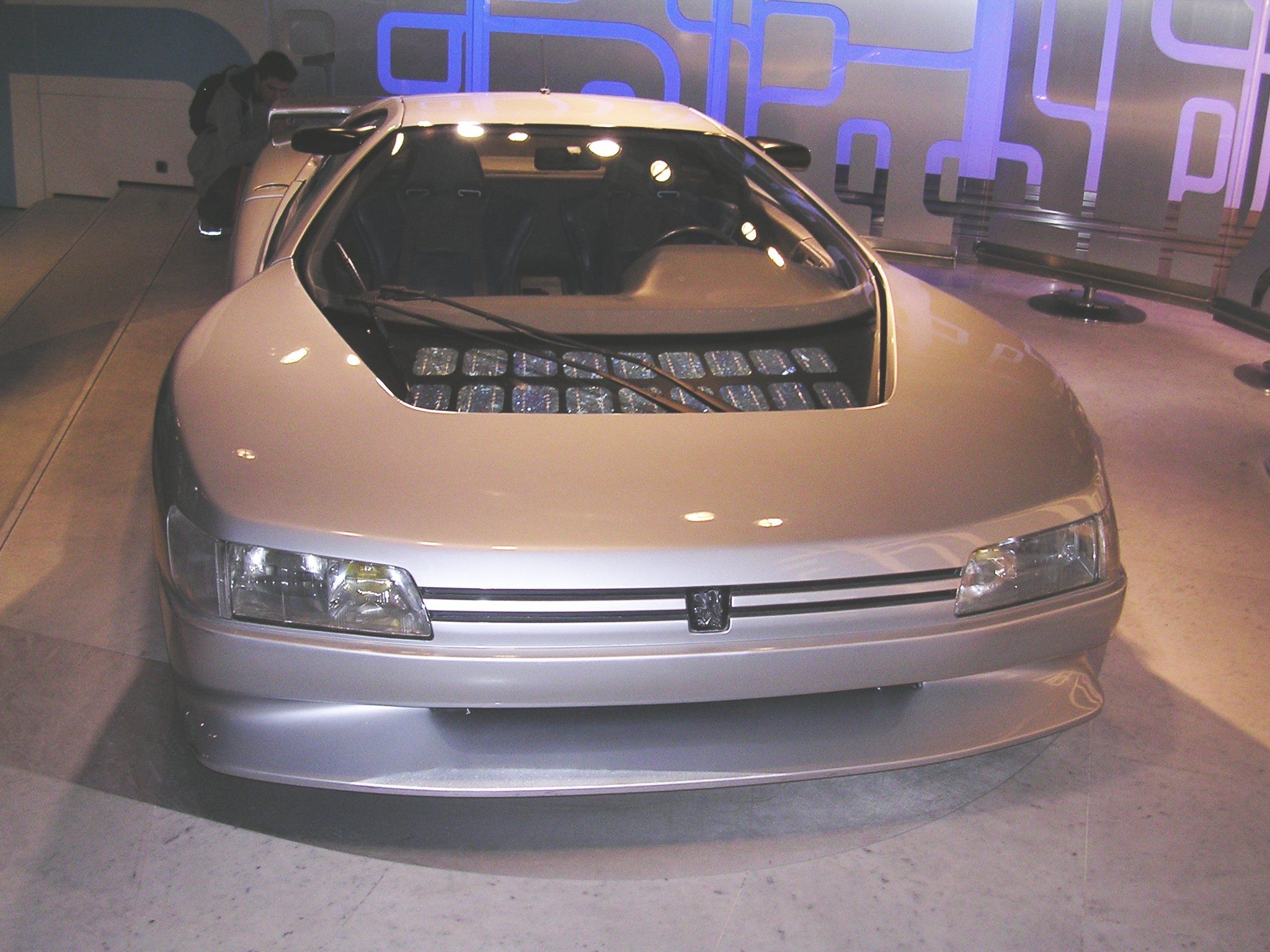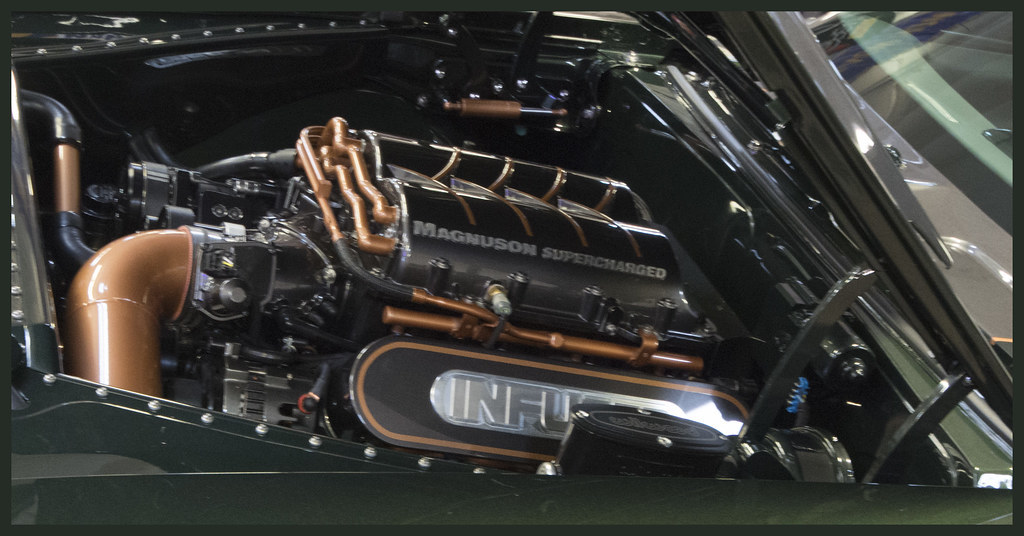
In an era where every penny counts, and the cost of maintaining a vehicle continues to be a significant expense for many, it’s understandable that drivers are constantly seeking ways to cut down on their outgoings. What many may not realize is that the answer to substantial savings on fuel and even maintenance could be right at their fingertips, embedded within the very dashboard of their modern vehicles. These aren’t obscure, high-tech features requiring advanced training, but rather commonplace buttons and switches that, for various reasons, often go unnoticed or unused by the average motorist.
Modern cars are marvels of engineering, packed with a plethora of features designed not only for comfort and convenience but also with an underlying goal of efficiency. Yet, the sheer volume of these innovations means that some of the most beneficial ones remain a mystery to drivers. The consequence? Missed opportunities to significantly reduce operational costs, particularly when it comes to fuel consumption, which can quickly add up to hundreds of dollars or pounds annually. Understanding these functions is not just about saving money; it’s about making the most of your vehicle’s capabilities and driving smarter.
Rebecca Pullan, a seasoned garage owner and motoring expert, also serving as a spokesperson for The Motor Ombudsman, highlights this issue, pointing out that many drivers are “unknowingly sitting on money-saving features every time they get behind the wheel.” Pullan emphasizes that just “five minutes at home could save you a fortune on fuel economy over the years.” By taking a moment to familiarize ourselves with these “five key, often-overlooked functions,” as she describes them, we can unlock their potential to “cut hundreds in fuel costs and save drivers serious money.” This deep dive will explore how these simple, yet powerful, features can transform your driving habits and your budget.

1. **Air Recirculation**Among the most potent tools for enhancing cabin comfort and, more importantly, fuel economy, is the air recirculation button. Often depicted with an icon showing an arrow looping inside the car, or an “icon of a car and a sideways-u-shaped arrow inside of it,” this feature is designed to create a sealed environment within your vehicle’s cabin. Its fundamental role is to limit the amount of outside air from entering, instead opting to recirculate the air that is already present inside. This seemingly simple action has a cascade of positive effects that directly translate into tangible savings.
Rebecca Pullan explains the primary mechanism of savings: “By doing this, your air conditioning system doesn’t have to work as hard to cool incoming warm air, which improves efficiency and reduces energy consumption.” This reduction in effort for the AC system means less demand on your engine, which in turn consumes less fuel. The immediate benefit to drivers is also notable: “This makes the cabin cool down faster on hot days, enhancing comfort while easing the load on your vehicle’s AC.” The faster your car reaches a comfortable temperature, the less time the AC needs to run at full power, further cementing its efficiency credentials.
Beyond cooling efficiency, the air recirculation button offers a broader spectrum of benefits, as highlighted by Edyn Tires & Servicing via an article on Yahoo News. By effectively cutting off outside air, the system “prevents pollution, exhaust fumes, and strong odors from entering the cabin.” For those who suffer from seasonal allergies, it also “reduces pollen and the negative effects of hay fever,” transforming your daily commute into a much more pleasant experience. Moreover, by minimizing the strain on the air conditioning system, it helps keep the air filtration system cleaner for a longer period of time, potentially reducing maintenance needs.
Given these advantages, knowing when to engage this feature is crucial for maximizing its benefits. Experts recommend using the air recirculation button primarily “during the summer and hot weather,” especially “when using the air conditioning system” to aid in rapid cooling. It is also highly beneficial “when driving in heavy traffic to prevent pollution from entering the cabin” and “if the pollen count is high and you suffer from hay fever.” These scenarios represent the optimal conditions where recirculation can significantly improve both comfort and fuel efficiency by reducing the workload on your vehicle’s climate control system and safeguarding the air quality within your car.
However, there are specific situations where it’s advisable to keep the air recirculation button switched off. During “the winter and cold weather,” for instance, the standard ‘fresh air’ mode is more effective because it “forces the outside air through your heater core” to warm it before it reaches the cabin. This process also ensures your “windows will de-fog a lot quicker and stay that way while you drive.” Similarly, avoiding the air recirculation button during “rainy weather or times of high humidity” is recommended, as it “can cause your windscreen to mist up and trap humidity in the cabin.” Furthermore, if your car is “fully loaded with passengers, it can cause it to be stuffy and may make you drowsy,” emphasizing the need for fresh air exchange in such circumstances. It’s also worth noting that some advanced modern cars automatically manage air circulation with sensors, adapting to conditions without manual input.
Read more about: Owner Alert: These 15 Popular Pickup Trucks Become Budget Breakers After a Decade of Ownership
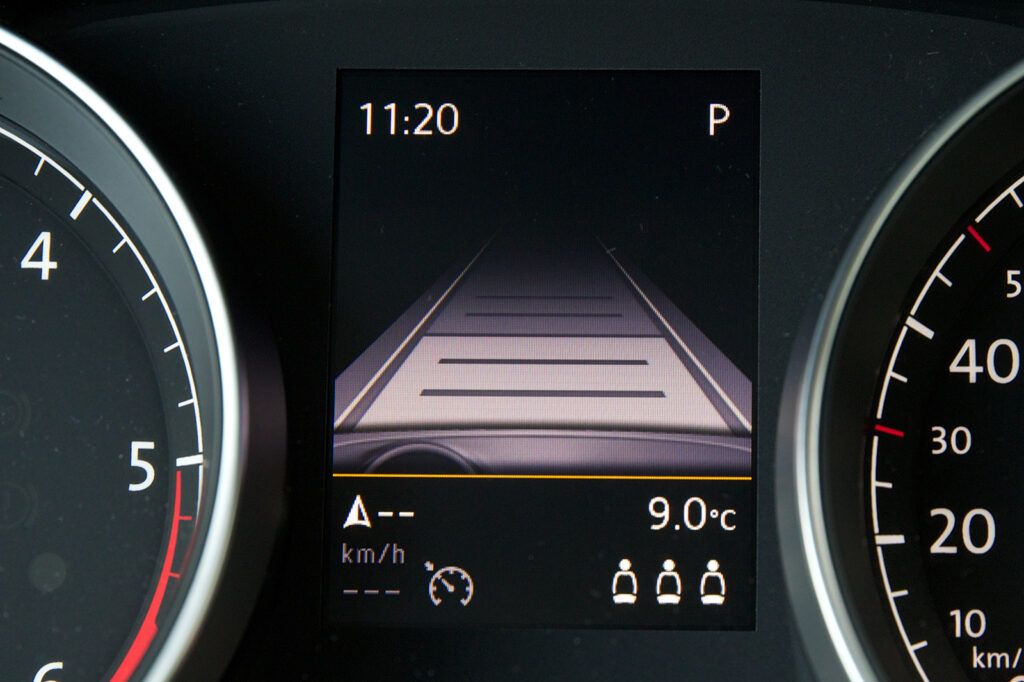
2. **Cruise Control**Often pigeonholed as a feature exclusively for extended, monotonous motorway journeys, cruise control harbors a far greater potential for fuel savings and reduced vehicle wear than many drivers realize. While its primary appeal lies in reducing driver fatigue on long stretches, its consistent speed maintenance is a silent ally in the quest for optimal fuel economy. The misconception that it’s only useful on open roads prevents many from leveraging its benefits in more varied driving conditions, where its steadying influence can be particularly advantageous.
Rebecca Pullan elaborates on this often-overlooked advantage, stating that “Maintaining a steady speed on dual carriageways and motorways avoids unnecessary acceleration and braking.” This insight is critical because erratic driving—characterized by frequent bursts of acceleration followed by sharp braking—is one of the most significant contributors to excessive fuel consumption. Each time you press the accelerator, your engine demands more fuel, and each time you brake, the kinetic energy that could have been used to propel your vehicle forward is converted into wasted heat.
By engaging cruise control, you essentially delegate the task of maintaining a consistent speed to your vehicle’s onboard computer. This results in a much “smoother driving style,” as Rebecca Pullan highlights. This smoothness translates directly into a more efficient use of fuel, as the engine operates at a more consistent RPM and load, avoiding the spikes in fuel demand that come with manual throttle inputs. The result is a more predictable fuel burn, which over time, accumulates into noticeable savings at the pump. Moreover, a consistent driving style also “reduces engine strain,” meaning less wear and tear on vital components, potentially “sav[ing] money on both fuel and maintenance over time.”
The benefits of cruise control extend beyond the immediate fuel tank, offering long-term financial advantages by preserving the integrity of your vehicle’s mechanical systems. By mitigating the constant stresses of acceleration and deceleration, components such as the engine, transmission, and brakes are subjected to less strenuous operation. This can delay the need for costly repairs and replacements, contributing to significant savings in maintenance expenses over the lifespan of the vehicle. Thus, cruise control emerges not merely as a convenience feature, but as a strategic tool for economical and sustainable driving, even on roads that aren’t exclusively long, straight motorways.
Read more about: Melissa McCarthy’s Enduring Confidence: Unpacking Her 10-Year Journey of Health, Hollywood Defiance, and Self-Acceptance
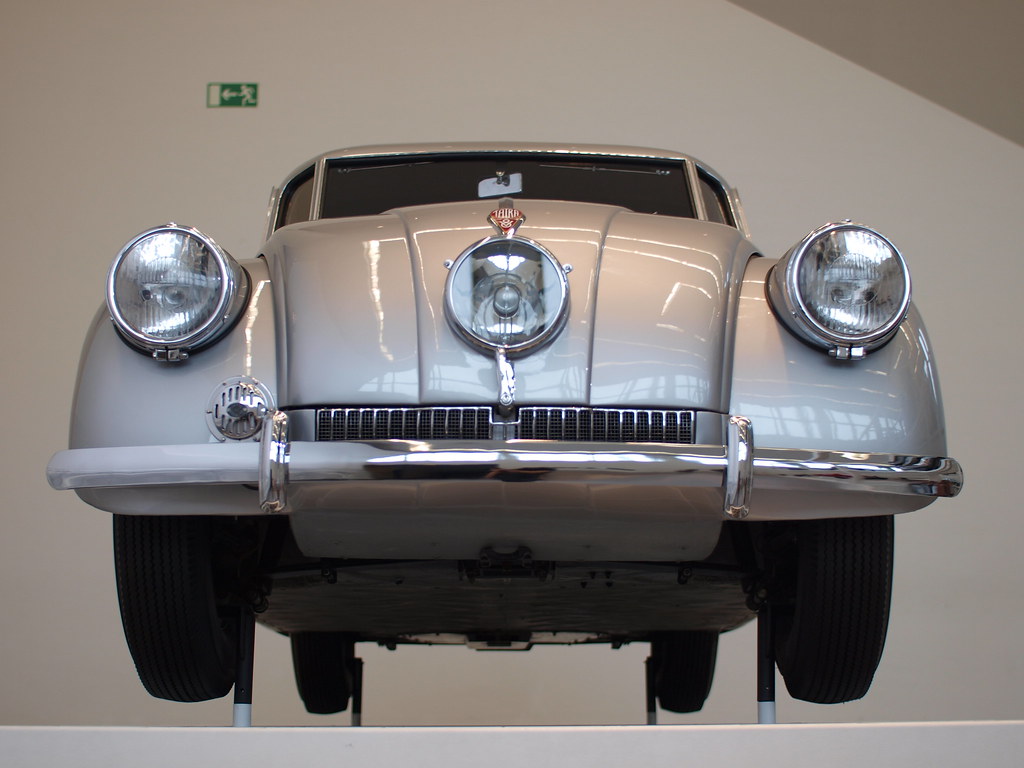
3. **Eco Mode**Many modern vehicles are equipped with an ‘Eco mode’ button, a function specifically engineered to prioritize fuel efficiency over raw performance. This button, often found on the dashboard or as a setting within the infotainment system, activates a suite of adjustments that fundamentally alter the car’s operational characteristics. By engaging Eco mode, drivers are consciously opting for a smoother, more frugal driving experience, trading off immediate power for long-term savings at the fuel pump or charging station.
The core functionality of Eco mode involves a recalibration of several key vehicle parameters. First and foremost, it “adjusts throttle response,” making the accelerator pedal less sensitive. This dampens aggressive acceleration, encouraging a gentler application of power. Secondly, it modifies “gear changes to favour efficiency over performance.” In automatic transmissions, this means the car will “shift up earlier to keep the vehicle in the most economical gear,” a strategy calculated to maintain lower engine revolutions per minute (RPM) and thus consume less fuel. CarShop experts confirm this, explaining that it “reduces throttle responsiveness and engine power output, in turn using less fuel.”
Furthermore, Eco mode can extend its influence to other power-consuming systems within the vehicle. Rebecca Pullan points out that “It can also reduce the power used by air conditioning, which lowers engine load.” By subtly reducing the demands placed on the engine from auxiliary systems, the overall energy consumption is further optimized. While drivers might perceive that “acceleration may feel slower” when Eco mode is active, this is a deliberate design choice aimed at maximizing efficiency. For those with electric vehicles (EVs), Pullan notes that “using Eco mode regularly can help drivers get more miles from each tank or charge,” underscoring its versatility across different powertrain types.
Numerous experts attest to the tangible savings offered by Eco mode. CarShop specialists state that “By using this mode you can save around five percent of fuel.” While this might seem modest on a single journey, these savings accumulate significantly over weeks, months, and years of driving. The feature does not reduce the actual speed your vehicle can achieve but rather modulates how quickly and energetically it reaches that speed. This makes it particularly well-suited for specific driving scenarios where rapid acceleration isn’t a priority, reinforcing its role as a practical tool for everyday fuel management.
However, it’s crucial to understand that Eco mode is not a ‘set it and forget it’ solution for all driving conditions. Experts, such as those at Progressive, advise that it “should only be used when motorists are travelling at a slower pace,” ideally “under 45mph,” making it “ideal for leisurely commutes or driving around town.” They caution against its use in situations requiring quick responses, such as “when motorists are merging into traffic or driving on difficult roads,” where immediate power and throttle responsiveness are essential for safety. Moreover, the context warns that Eco mode “is not for prolonged use either…” and “not recommended to use it always, far from it.” Constant use can lead to issues, as the engine reduces fuel flow and power, operating at lower revs, which isn’t optimal for long runs and can cause “failures in the transmission” in automatic cars. In diesel vehicles, abusing low-rev driving can even lead to “possible breakdowns that can occur due to abusing slow driving and low revolutions are related to the anti-pollution systems that these engines equip, such as the EGR or exhaust gas recirculation valve, and the famous filter of diesel particles.” Activating Eco mode “the response of the car varies completely,” as its “personality changes, making him accelerate slower and run less.” Nevertheless, when used judiciously, alongside other ecological driving practices, overall savings can be substantial, with ecological driving potentially saving “up to 25%” on fuel, while also improving comfort and safety by reducing accident risks.”
Read more about: Investigating Car Wash Subscriptions: Uncovering Hidden Fees and Cancellation Nightmares

4. **Stop/Start System**Among the array of sophisticated technologies integrated into contemporary vehicles, the stop/start system is a prime example of engineering ingenuity aimed directly at enhancing fuel efficiency and reducing emissions. This intelligent feature automatically disengages the engine when the vehicle comes to a complete halt, such as at a bustling traffic light or within the slow-moving serpentine queue of a drive-thru. The moment the driver indicates a desire to move forward—by either depressing the clutch or the accelerator pedal—the engine instantaneously and seamlessly re-engages, ensuring a smooth and immediate resumption of travel. This mechanism is specifically designed to counteract the wasteful practice of engine idling, a pervasive habit that silently siphons fuel and contributes needlessly to exhaust emissions, particularly in urban environments.
Rebecca Pullan, the highly regarded garage owner and motoring expert, effectively highlights the core advantage of this system. She points out that the stop/start function “cuts unnecessary idling, which reduces fuel use and emissions – particularly in stop-start traffic.” This insight is invaluable for motorists who frequently navigate congested routes, where prolonged stationary periods are an unavoidable reality. By autonomously shutting down the engine during these moments, the system prevents the continuous burning of fuel that would otherwise occur, thereby making a direct and measurable contribution to the vehicle’s overall fuel economy and its environmental footprint by lowering greenhouse gas output.
The financial benefits of consistently utilizing the stop/start system are quite substantial and have been quantified by authoritative sources. According to Greg Brannon, Director of Automotive Engineering and Industry Relations at the AAA, activating this technology can lead to considerable annual savings for drivers. Brannon estimates that an “up to seven percent improved fuel economy can mean a $179 annual fuel saving for consumers.” This significant monetary benefit underscores the tangible economic value of this feature, transforming what might seem like a minor operational adjustment into a notable financial advantage that accumulates significantly over a year, all while requiring only “minor adjustment for motorists” in their driving habits.
For drivers eager to activate and experience these savings, the stop/start function is typically controlled by a dedicated button on the dashboard, often marked with a circular ‘A’ symbol, perhaps with an arrow. TikTok influencer Megan (@megansbubble) illustrates its practical application, noting that this button enables the vehicle to “automatically shut down your vehicle when it is stationary for a long time, like when you’re sitting at a stop light or maybe through the Starbucks drive-thru.” Familiarizing oneself with the location and operation of this control is a straightforward path toward unlocking its full potential for both personal financial gain and a more environmentally responsible driving experience.
While the advantages of the stop/start system are clear, it is important for consumers to understand its operational parameters and limitations to prevent any misconceptions. The system is intelligently designed not to engage under all circumstances; for instance, it typically remains inactive during very short stops or if the engine needs to support other critical functions immediately. A primary factor governing its operation is the vehicle’s battery charge level, which must be above a certain threshold to guarantee reliable and efficient restarts. However, drivers can rest assured, as experts confirm that the continuous use of stop-start technology is “unlikely to wear out the vehicle’s battery on its own, and will not cause damage to the engine,” ensuring long-term vehicle integrity and dependability.
Read more about: Unlocking Value: 6 High-Mileage Used Cars You Can Trust for Miles to Come

5. **Efficient Multi-Zone Climate Control**Many of today’s vehicles transcend basic cabin temperature regulation with the inclusion of advanced multi-zone climate control systems. This sophisticated feature empowers occupants in various areas of the car—typically the driver, front passenger, and often rear passengers—to set and maintain their individual preferred temperatures independently. While the primary allure of this system is its capacity to enhance comfort, particularly when occupants have diverse temperature needs, its latent potential for significant energy and fuel conservation is frequently underestimated. Mastering the art of managing these individual zones effectively is a pivotal step towards optimizing overall vehicle efficiency and reducing operational costs.
Rebecca Pullan, with her characteristic practical insight, draws attention to a prevalent oversight among drivers: the failure to leverage multi-zone climate control for economic advantage. She provides direct guidance, advising that “If your car has dual or multi-zone climate control, turn off or lower the heating in zones you’re not using – for example, if the passenger seat or the back seats are empty.” This actionable recommendation underscores a simple yet highly effective method to mitigate the workload imposed on the vehicle’s entire heating, ventilation, and air conditioning (HVAC) system. By directing energy solely to occupied areas, drivers can prevent the unnecessary power draw that would otherwise burden the engine or battery, directly translating into tangible reductions in fuel consumption.
The fundamental principle behind these savings is straightforward: every active component within the HVAC system, whether cooling or heating air, inherently consumes power. When a climate zone remains active but unoccupied, the system diligently expends energy to condition an empty space, an entirely wasteful endeavor. By judiciously deactivating or setting a lower intensity for these vacant zones, the aggregate energy demand on the system is substantially diminished. This direct reduction alleviates the strain on the engine in conventional vehicles, meaning less fuel is required to generate the necessary power, and in electric vehicles, it critically preserves invaluable battery charge, thereby extending the driving range. This conscious and mindful management of climate control systems represents a significant stride towards more economical and sustainable vehicle operation.
Moreover, the thoughtful engagement with multi-zone climate control extends its benefits beyond immediate financial savings, contributing positively to the longevity and reduced maintenance requirements of the climate system itself. When the HVAC system is consistently operated under a lighter load, its integral components, such as the compressor, fan motors, and various actuators, experience considerably less stress and wear over time. This proactive approach can significantly delay the necessity for costly repairs or replacements, further bolstering the long-term value, reliability, and service life of the vehicle for its owner. Thus, the strategic management of individual climate zones transforms into a crucial element of a holistic approach to both maximizing fuel economy and ensuring meticulous vehicle upkeep.
Ultimately, understanding and actively utilizing your car’s multi-zone climate control is more than just a comfort feature; it’s a smart consumer choice. It offers a practical way to manage energy consumption on every journey, whether you’re driving alone or with a partial load of passengers. By simply adjusting the settings for unused zones, you contribute to a more efficient vehicle, saving money at the pump or charging station, and potentially prolonging the life of your climate control system. It’s about making your car work smarter for you, aligning comfort with cost-effectiveness.
Read more about: Unpacking the Past: 14 Vintage Car Features Modern Driving Left Behind (And Why We Miss Them)
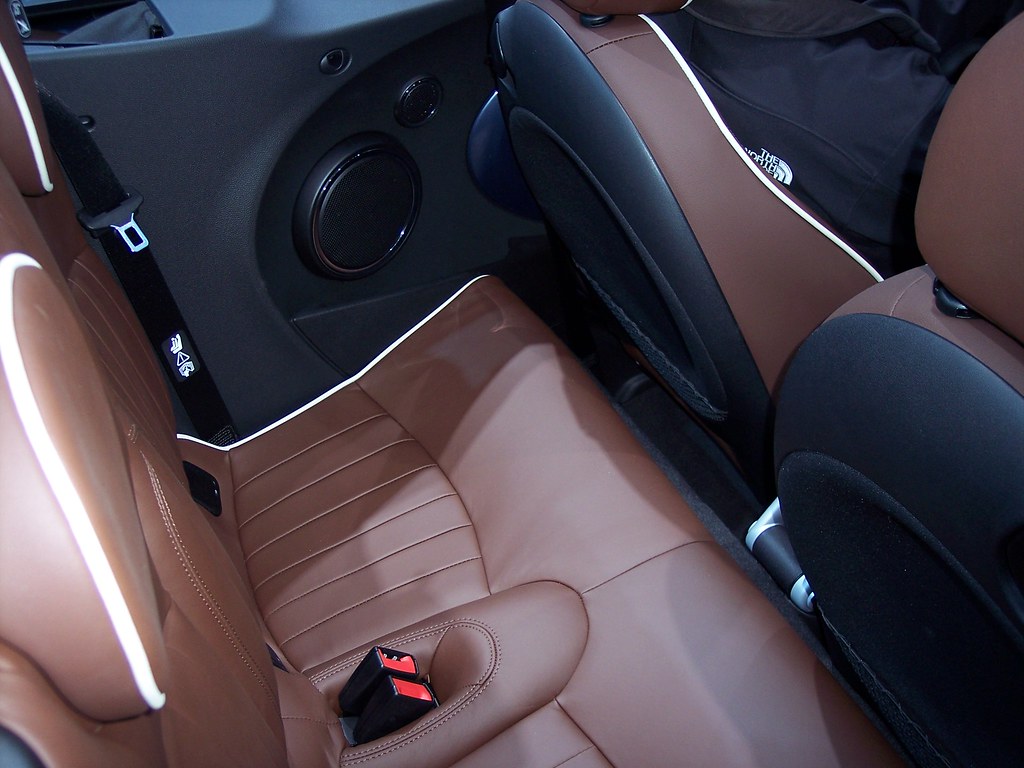
6. **Strategic Use of Heated Seats**As temperatures drop, the immediate inclination for many drivers is to activate the car’s main heating system, aiming for a warm and comfortable cabin. However, a highly efficient, yet often underutilized, alternative for personal warmth exists: the strategic deployment of heated seats. These integrated heating elements, subtly embedded within the seat cushions, deliver direct warmth to the occupant’s body. This localized comfort can surprisingly surpass or effectively complement ambient cabin heating in terms of overall energy efficiency. This increasingly prevalent feature in modern vehicles harbors substantial potential for optimizing energy usage, transforming how we approach in-car warmth.
Rebecca Pullan, an authoritative voice in motoring, precisely articulates the superior efficiency of heated seats, particularly when compared against the energy-intensive full cabin heating system. She emphatically states that “if your car has heated seats, using these instead of full cabin heating can be even more efficient, particularly in electric vehicles, as it draws less power from the battery and can help preserve range.” This expert insight is grounded in a fundamental difference in operational mechanics: rather than expending energy to heat a large volume of air, heated seats deliver warmth directly and efficiently to the body, representing a far more targeted and less energy-demanding method of achieving personal comfort.
In conventional combustion engine vehicles, generating heat for the cabin typically leverages the engine’s waste heat, yet powering the climate control fan, blowers, and other components still draws electrical power, which in turn increases the engine’s overall load and, consequently, fuel consumption. The distinction becomes even more pronounced and critical in electric vehicles (EVs). Heating the entirety of the cabin in an EV necessitates drawing a substantial amount of power directly from the high-voltage battery. This significant power draw can severely diminish the vehicle’s driving range, a paramount concern for all EV owners. Heated seats, by contrast, consume considerably less electrical power, providing effective warmth precisely where it is most beneficial, without incurring the substantial energy drain associated with heating the entire interior air volume.
Consequently, by choosing to activate heated seats, especially during solo commutes or when only front passengers are present, drivers can maintain their personal comfort while concurrently minimizing the overall energy expenditure of their vehicle. This astute approach permits the main cabin heating system to be operated at a significantly lower setting, or even temporarily switched off, until ambient temperatures undeniably demand its full operational capacity. For owners of electric vehicles, this seemingly minor adjustment in comfort strategy can yield substantial benefits, meaningfully contributing to the extension of the vehicle’s operational driving range and reducing the frequency of necessary recharges, thus enhancing the practicality of EV ownership.
In essence, heated seats are more than just a luxury; they represent a smart, energy-conscious choice for vehicle occupants seeking comfort. By prioritizing direct warmth over ambient air heating, drivers can significantly reduce the energy demands on their vehicle, whether it’s a petrol, diesel, or electric model. This mindful utilization not only leads to savings at the pump or charging station but also exemplifies a proactive approach to managing your vehicle’s resources efficiently, ensuring comfort without unnecessary energy waste. It’s a practical application of technology that truly benefits the consumer’s wallet and the environment.
Read more about: Automotive Icons Unraveled: The Definitive Account of 15 Star Brands and Models That Fell From Grace
As we’ve meticulously explored these often-overlooked yet profoundly impactful vehicle functions, it becomes abundantly clear that modern cars are far more than mere modes of transport; they are sophisticated machines brimming with untapped potential for enhanced efficiency and significant financial savings. From the intelligent, automatic engagement of the stop/start system that curtails wasteful idling, to the nuanced adjustments possible with multi-zone climate control, and the strategically comforting warmth provided by heated seats, each button and setting presents a tangible opportunity for optimization. By dedicating a few moments to thoroughly understand and intelligently utilize these inherent features, drivers are not just saving hundreds on fuel and mitigating maintenance costs; they are actively adopting smarter driving practices, contributing to vehicle longevity, and ultimately maximizing the inherent capabilities of their automotive investment. It’s about driving smarter, not just harder.

